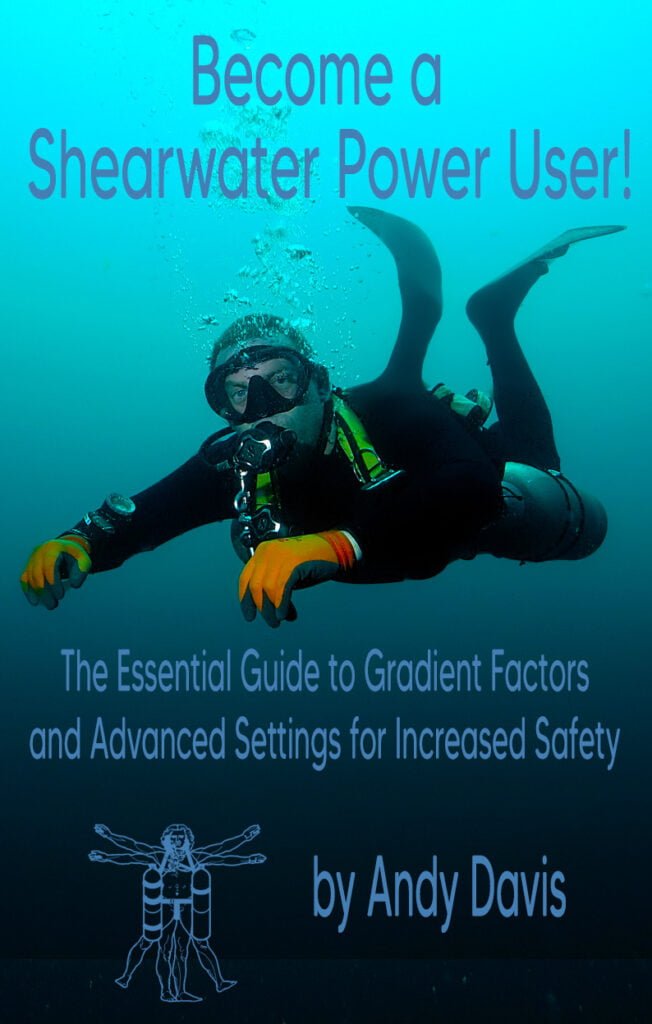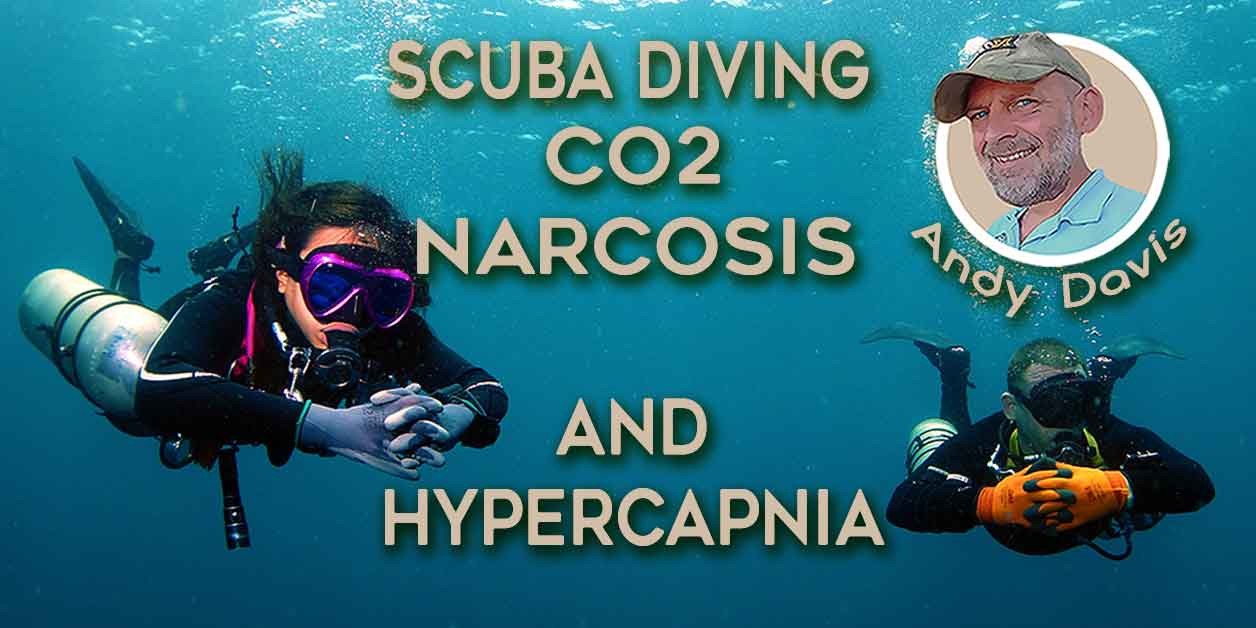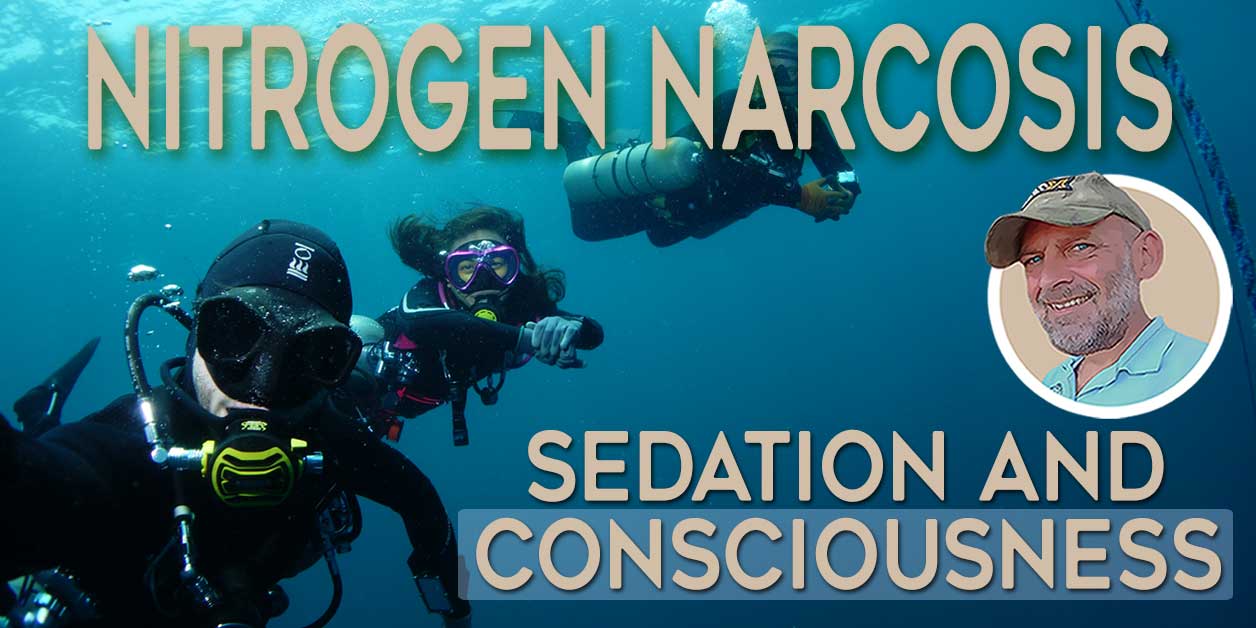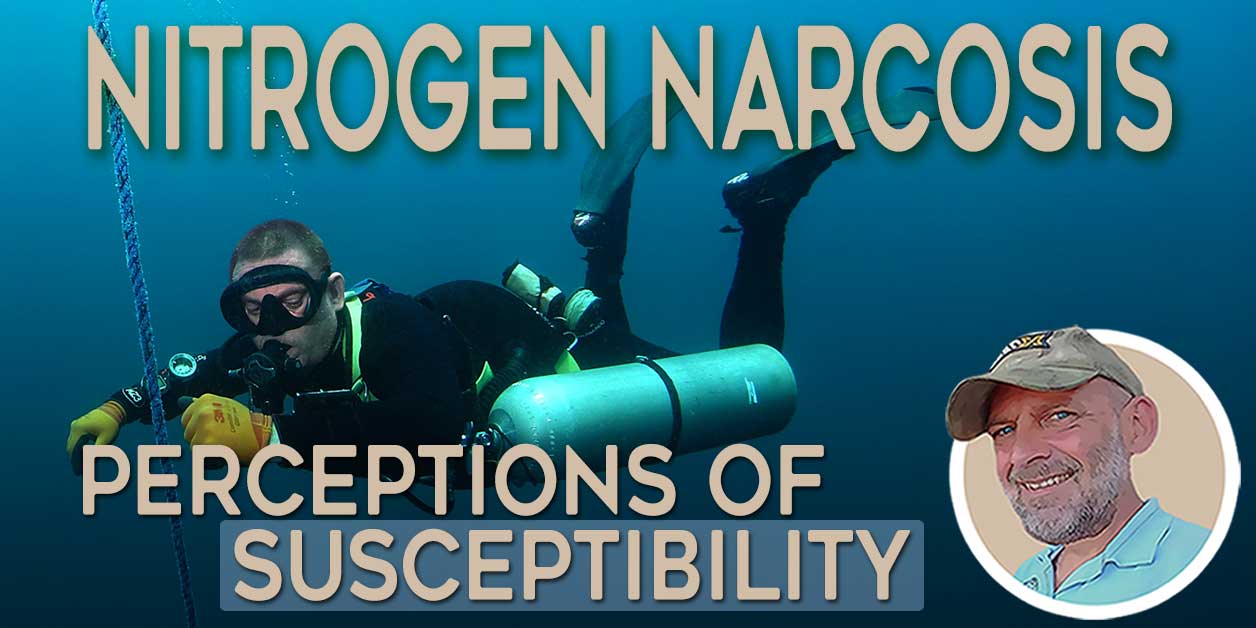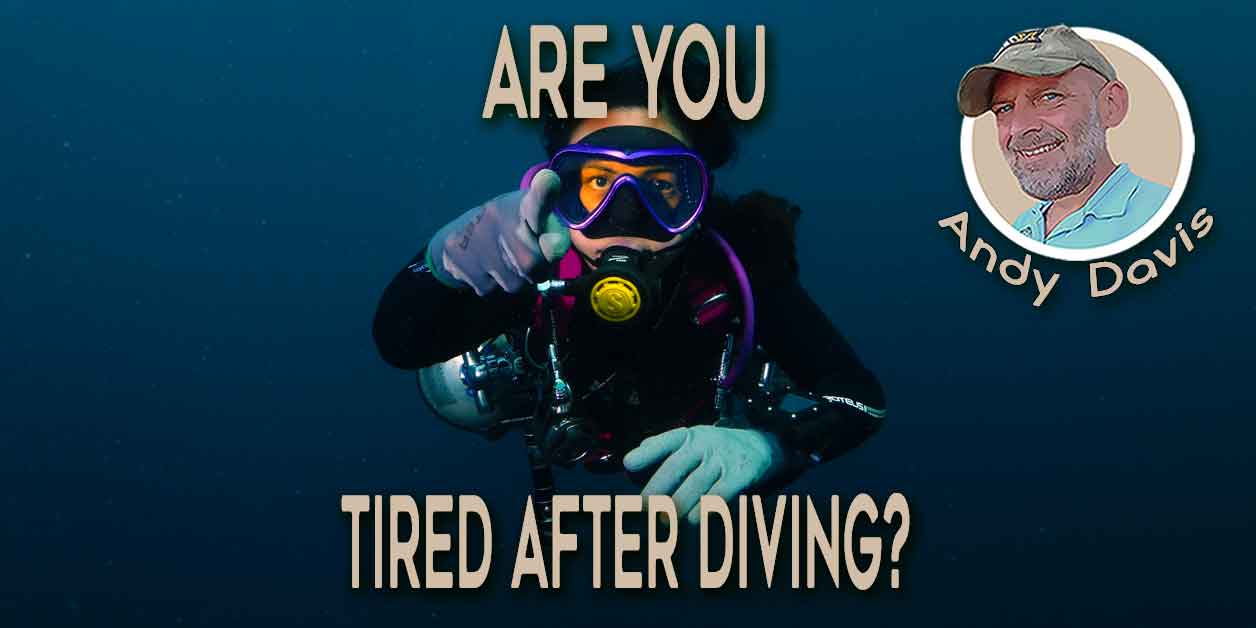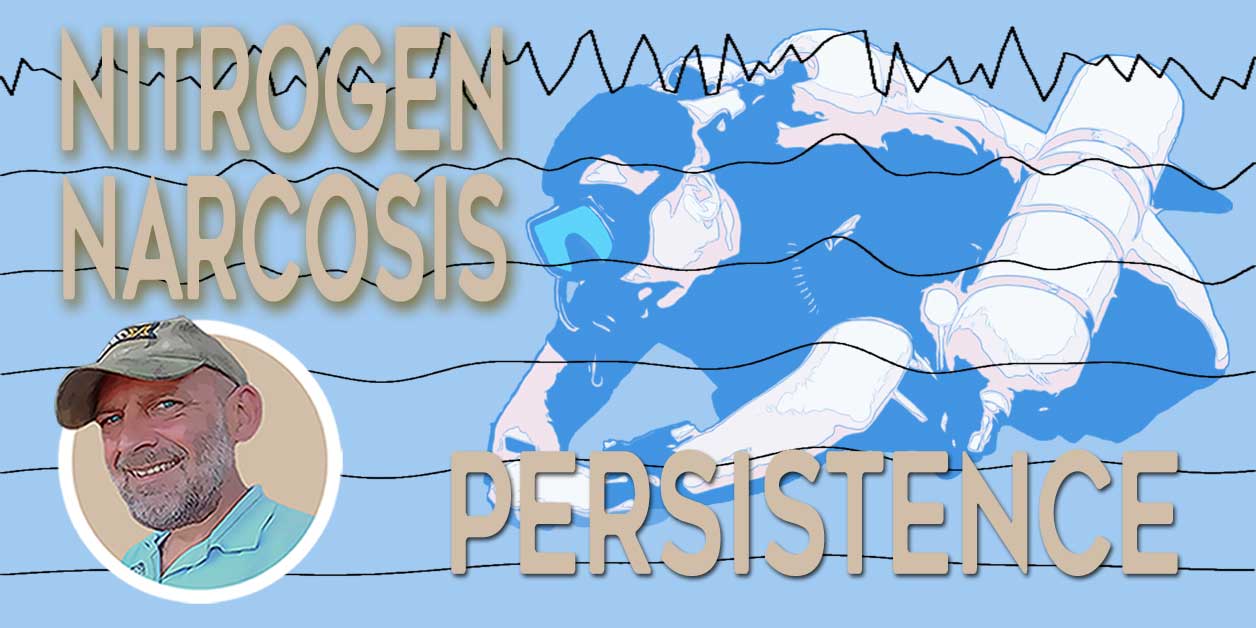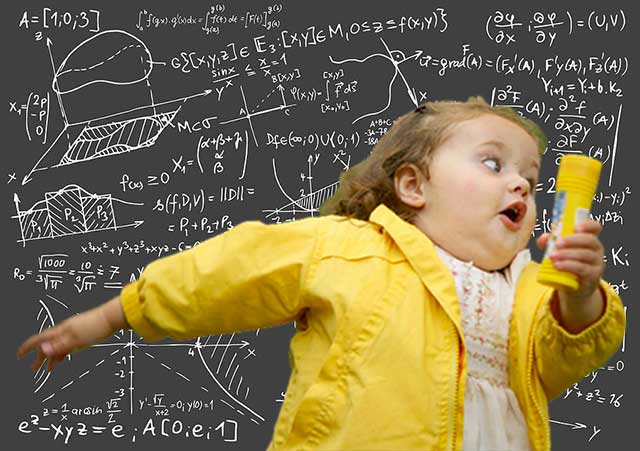A Simple Guide To Understanding Dive Computer Algorithms
Dive computer algorithms are a crucial aspect of dive safety that should not be overlooked when selecting a new dive computer.
While understanding the mathematics and decompression theory behind these algorithms can be overwhelming for some divers, it is still important to grasp the benefits and drawbacks of different algorithms.
In this article, I will provide a simple guide to understanding dive computer algorithms, so that you can make informed decisions about the equipment you use on your dives.
Whether you are a beginner or an experienced diver, understanding dive computer algorithms can greatly enhance your dive safety and overall diving experience.
The basics of dive computer algorithms
Diving computers use complex mathematical algorithms to calculate your ascent to the surface whilst avoiding decompression illness (DCS). They rely on sensors to measure depth, time, temperature, and other parameters, and then use these readings to determine things like no-decompression limits, decompression stops, and ascent rates.
How dive computer algorithms differ
Each dive computer algorithm model works differently and has its own unique advantages and disadvantages.
Some algorithms are more conservative and take a more cautious approach to decompression, while others are more liberal and allow for longer deeper dives.
Understanding the differences between these models can help you choose the right diving computer for your specific needs.
Benefits and drawbacks of different dive computer algorithms
Each algorithm model has its own benefits and drawbacks. Those pros and cons can make different dive computer algorithms more or less desirable, depending on the diving you do. For instance, the following parameters can change between algorithms:
- The length of no-stop times (NDL)
- The level of innate conservatism
- Safety for repetitive diving
- The penalty for missing safety stops
- The impact of surface interval time
- Conservatism over multi-day diving
- Reaction to fast ascent warnings
- Decompression efficiency for technical diving
It is essential to understand these differences before choosing a diving computer. With the right knowledge, you can pick a dive computer that has the right algorithm for the type of diving you do.

Decompression theory and dive computer algorithms
The essence of decompression theory is that reducing pressure around a diver will cause the nitrogen they have absorbed to leave their body. However, a too-sudden reduction in surrounding pressure will cause that nitrogen to form harmful bubbles.
The underlying aim of a dive computer algorithm is to get you to the surface with the least amount of nitrogen remaining in your body. At the same time, the algorithm has to ensure that harmful nitrogen bubbles do not form.
The two main types of dive computer algorithms
There are two main types of dive computer algorithms in use: Dissolved Gas and Bubble Model algorithms. Here are some of the key differences between the two:
Dissolved Gas Decompression Algorithms
- Based on early theories by Scottish physiologist John Scott Haldane and further developed in the 1960s by a Swiss physician Dr. Albert A. Bühlmann
- Based on scientific study, including hyperbaric chamber experiments
- Assumes that nitrogen dissolves into body tissues at depth and is released gradually during ascent
- Assigns a variety of nitrogen absorption and release speeds based on hypothetical tissues within the body
- Limits bubble formation based on a maximum value (m-value) of the pressure difference between the dissolved nitrogen and surrounding pressure
- Do not calculate bubble size
- Do not account for micro-bubbles
Bubble Model Decompression Algorithms
- Theories evolved by researchers including; David Yount, Paul Bert, Bruce Wienke, and Erik Baker
- Primarily mathematical hypothesis
- Assumes that tiny bubbles form in the body during ascent
- Assumes that eliminating small bubbles early prevents large bubbles later
- Focuses on predicting the rate of bubble formation and pausing the ascent in time to eliminate small bubbles
- Typically utilizes deep stops to eradicate micro-bubbles
Each type of algorithm has its own strengths and weaknesses, and the choice between the two ultimately depends on the diver’s personal preference and diving style.
The most popular dive computer algorithms
The most popular dive computer algorithms are the RGBM (Reduced Gradient Bubble Model), and Buhlmann ZHL-16, along with several derivative models.
These algorithms are used in a wide variety of modern dive computers and are known for their effectiveness in preventing decompression sickness. Each algorithm has its own strengths and weaknesses, and divers should understand these differences when selecting a dive computer.
Bühlmann ZHL-16C dive computer algorithm
The Bühlmann ZHL-16C dive algorithm is a dissolved gas model used in recreational diving. It is the most widely tested and studied algorithm currently available.
Bühlmann ZHL-16C algorithm and Gradient Factors
Many dive computers using the Bühlmann ZHL-16C algorithm incorporate Gradient Factor settings as a user-adjustable way to vary conservatism and shape decompression ascent profiles.
Essentially, Gradient Factors determine the maximum pressure difference tolerated between the pressure surrounding the diver and the pressure of nitrogen in their body. A lower pressure difference equals more conservative dive limits. Technical divers also use a separate gradient factor (low) to determine the depth where their decompression stops begin.
Benefits of Bühlmann ZHL-16C:
- Can allow longer stop no-stop times
- Uses Gradient Factors for fine-tuning conservatism
- Removes more nitrogen from the diver for a given duration of ascent
- Can be customized for different types of diving
- Very popular with advanced and technical divers
Drawbacks of Bühlmann ZHL-16C:
- Does not account for micro-bubble control and can cause more post-dive fatigue
- Is less responsive than RGBM in adding conservatism for repetitive and multi-day diving.
- Using custom gradient factors be challenging for new or inexperienced divers to understand
Dive computers using Bühlmann ZHL-16C:
- Shearwater
- Garmin
- Mares (some computers)
- Suunto (optional on the Eon Steel model)
- Oceanic (derivative Pelagic Z+ algorithm)
- Scubapro (derivative ZHL8 ADT MB algorithm)
Bühlmann ZHL-16C doesn’t offer the automatic conservatism adjustment offered by the RGMB algorithm. As a result, divers may be exposed to higher DCS risk on very aggressive repetitive deep diving schedules.
Likewise, the algorithm does not adjust limits based on limiting micro-bubbles which can result in post-dive fatigue. Diving aggressively using Bühlmann ZHL-16C demands more knowledge and understanding from the diver.
Become A Shearwater Power User! (eBook)
An Illustrated Guide to Gradient Factors and Advanced Shearwater Computer Settings for safe scuba diving.
42 Pages. Printable PDF format. Fully Illustrated. $9
Become A Shearwater Power User eBook
As featured on the DiveTalk Podcast
RGBM dive computer algorithm
RGBM stands for Reduced Gradient Bubble Model and is a widely-used algorithm developed by Bruce Wienke in the late 1990s. It was first implemented in dive computers by Suunto in 2002.
The RGBM algorithm focuses on reducing the risk of decompression sickness by tracking the formation and growth of microbubbles in a diver’s tissues. It presumes that eliminating micro-bubbles through deeper stops allows for more aggressive decompression.
Benefits of the RGBM algorithm:
- Deep stops reduce micro-bubbles
- Reducing micro-bubbles can prevent post-dive fatigue
- Automatic increased conservatism if unsafe dive behaviors occur:
- Fast ascent warnings
- Incomplete safety stops
- Surface intervals of less than 1 hour
- Saw-tooth dive profiles (depth fluctuations)
- Allows longer no-stop time on a single dive
Drawbacks of the RGBM algorithm:
- Very conservative for repetitive and multi-day diving
- Unpredictable behavior on planned decompression dives
Dive computers using RGBM:
- Suunto
- Atomic
- Cressi
- Mares (some models)
The RGBM algorithm is most applicable for inexperienced recreational divers who will benefit from an algorithm that preserves their safety if they make common mistakes.
Experienced divers often express frustration at the high level of conservatism that occurs during repetitive and multi-day diving. However, RGBM does allow longer no-stop times when the diver has no residual nitrogen from past dives.
VPM-B dive computer algorithm
The VPM-B algorithm is a bubble model primarily used by technical divers to plan and execute dives. It was initially developed by David Yount and later updated by Erik Baker.
Benefits of VPM-B:
- Favors deep stops
- Micro-bubble control reduces post-dive fatigue
- Allows longer dive times at shallower depths
Drawbacks of VPM-B:
- Divers surface with more nitrogen compared to an equivalent ascent time using Bühlmann ZHL-16
- Generally more conservative for no-stop dives
Dive computers using VPM-B:
The VPM-B algorithm is implemented in various decompression software programs, such as V-Planner and MultiDeco. It can also be selected as an upgrade option in Shearwater dive computers
DSAT dive computer algorithm
The Diving Science And Technology (DSAT) algorithm was developed by Dr. Raymond Rogers in 1983. It is based on the US Navy tables, but adapted to be more suitable for shorter, repetitive dives conducted by recreational divers.
As a result, the DSAT algorithm allows more repetitive and multi-day diving without excessive conservatism. However, it becomes very conservative if used for decompression diving beyond no-stop limits.
The DSAT algorithm was used to create the PADI Recreational Dive Planner (RDP) tables.
Benefits of DSAT:
- Favors repetitive no-stop dives in a single day
- Longer no-stop times on repetitive dives
- Allows shorter surface intervals between dives
Drawbacks of DSAT:
- Shorter no-stop limits on single dives
- Not favored for technical dives
- Very long deco time compared to other models
Dive computers using DSAT:
Oceanic dive computers use the Pelagian DSAT algorithm.
Overall, DSAT is most useful for recreational divers who will complete an intensive amount of dives per day without long surface intervals. The trade-off is that each dive will be shorter.
Choosing the right dive computer algorithm
When choosing the right dive computer algorithm, there are several factors to consider. One of the most important is your personal risk tolerance and diving habits.
- Do you tend to push the limits of no-stop limits or are you more conservative in your diving style?
- Do you dive intensively on diving vacations?
- Can you maintain square-profile dives, or do your dive profiles fluctuate significantly in depth?
- Is your buoyancy control consistent and accurate?
- How knowledgeable are you about manually tailoring an optimal ascent profile?
- Do you frequently suffer from post-dive fatigue?
These are important questions to ask yourself when selecting an algorithm model.
Suggested dive computer algorithms for specific diving needs
| Diving style | Ideal algorithm |
|---|---|
| 1-2 dives per day with long surface intervals | RGBM or DSAT |
| 3+ dives per day with shorter surface intervals | Bühlmann ZHL-16C |
| Multi-day diving over one week | Bühlmann ZHL-16C |
| Technical decompression dives | Bühlmann ZHL-16C |
| Recreational dives avoiding post-dive fatigue | RGBM or VPM-B (Bühlmann ZHL-16C if you understand gradient factors) |
| Novice diver with poor buoyancy control | RGBM to add conservatism and safety |
| Dives with frequent depth fluctuations | RGBM to add conservatism and safety |
| Aggressive diving with a high DCS risk tolerance | Bühlmann ZHL-16C |
| Conservative diving with a low DCS risk tolerance | RGBM |
While choosing the right dive computer algorithm is a good starting point, it’s important to remember that they are not one-size-fits-all solutions.
Your personal physiology, variable DCS predisposing factors, and overall risk tolerance will all play a role in determining which model is right for you.
That’s why it’s important to personalize your algorithm model by adjusting the conservatism settings to reflect your individual circumstances.
Adjust to a higher level of conservatism if the following factors apply:
- High body fat %
- Older age
- Dehydration
- Insufficient sleep
- Sick or unwell
- Menstruation
- Getting cold during dives
- Raised exertion on dives
- 3+ dives per day
- 3+ days of diving
- Diving close to NDL
- Previous DCS incident
By doing so, you can ensure that you’re using the algorithm that best fits your needs and helps you minimize the risk of decompression sickness.
Make the most out of dive computer algorithms
In conclusion, understanding dive computer algorithms is crucial for any scuba diver who wants to ensure their safety and make informed decisions when purchasing a new dive computer.
While decompression theory and complex mathematics are involved in the creation of these algorithms, it is not necessary for divers to have a deep understanding of these subjects to understand how different algorithms work and their benefits and drawbacks.
By knowing the strengths and weaknesses of the different dive computer algorithms, you can choose an option that best fits your need. For that reason, it is important to investigate what algorithms are supplied on dive computers. It should be a high-priority factor when you are shopping for a new computer.
To summarize, here are the key points to remember:
- Dive computer algorithms play an important role in dive safety and should not be discounted as a factor when purchasing a new dive computer.
- Different dive computer algorithms may be better suited for certain types of diving or personal preferences.
About The Author

Andy Davis is a RAID, PADI TecRec, ANDI, BSAC, and SSI-qualified independent technical diving instructor who specializes in teaching sidemount, trimix, and advanced wreck diving courses.
Currently residing in Subic Bay, Philippines; he has amassed more than 10,000 open-circuit and CCR dives over three decades of challenging diving across the globe.
Andy has published numerous diving magazine articles and designed advanced certification courses for several dive training agencies, He regularly tests and reviews new dive gear for scuba equipment manufacturers. Andy is currently writing a series of advanced diving books and creating a range of tech diving clothing and accessories.
Prior to becoming a professional technical diving educator in 2006, Andy was a commissioned officer in the Royal Air Force and has served in Iraq, Afghanistan, Belize, and Cyprus.
In 2023, Andy was named in the “Who’s Who of Sidemount” list by GUE InDepth Magazine.
Purchase my exclusive diving ebooks!
Originally posted 2023-04-17 21:04:28.

